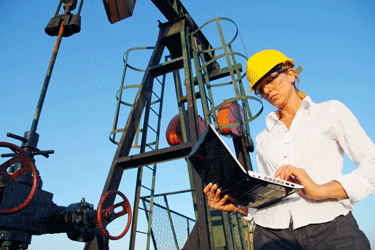Despite all the safety protocols and equipment put in place, oil and fuel spills happen every day. Those spills need to be cleaned up as soon as possible. Turnkey spill remediation companies are the ones that do this kind of work.
What Is Turnkey Spill Remediation?
With turnkey remediation, one company handles the aftermath of an oil or fuel spill. They handle all activities related to cleanup and remediation of the spill site. The goal is to get the spill cleaned up and the site restored as soon as possible.
Remediation companies respond promptly to any release at a customer site. They are available 24 hours a day, 7 days a week, 365 days a year.
Here is the typical timeline to a spill response:
What Is Turnkey Spill Remediation?
With turnkey remediation, one company handles the aftermath of an oil or fuel spill. They handle all activities related to cleanup and remediation of the spill site. The goal is to get the spill cleaned up and the site restored as soon as possible.
Remediation companies respond promptly to any release at a customer site. They are available 24 hours a day, 7 days a week, 365 days a year.
Here is the typical timeline to a spill response:
- The company sends a team to the site. They inspect the spill site to see its extent and current state. They assess the damage done.
- The inspection team determines if immediate clean-up action is necessary to prevent further contamination. If so, they bring in the appropriate parties to do that clean-up work.
- Once the team meets the immediate needs, the next step is to develop a plan of action based on the assessed damage. They determine what equipment to bring onsite for the remediation project. This can include excavators, loaders, backhoes, Vac trucks and dump trucks. They also determine if they need to bring in specialists.
- The team sends proper notification to local, state and federal regulatory agencies. They also act as the communication point for any inspections or testing required by those agencies. They will keep the agencies up to date throughout the cleanup and remediation process.
- Once the plan is in place and the equipment on site, the team will start the cleanup activities. This can include activities like removing contaminated soil and evacuating standing liquid. The cleanup can take a few days or go on for weeks or months.
- After they complete the cleanup, the team will test to confirm that the spill contamination is gone. The testing will depend on what the regulatory agencies require. If testing finds contamination still in place, further cleanup is necessary.
- When the testing is complete and the site is clear of contamination, the next step is to restore the site to pre-spill conditions. This may include replacing/remediating soil, planting grass and replacing hard surfacing.
- At the end, the remediation team will document and report successful cleanup of the site to the appropriate authorities.
If you need an environmental consulting company to help you with site remediation, call the experts at Talon/LPE. We offer service throughout Texas, Oklahoma, and New Mexico.


